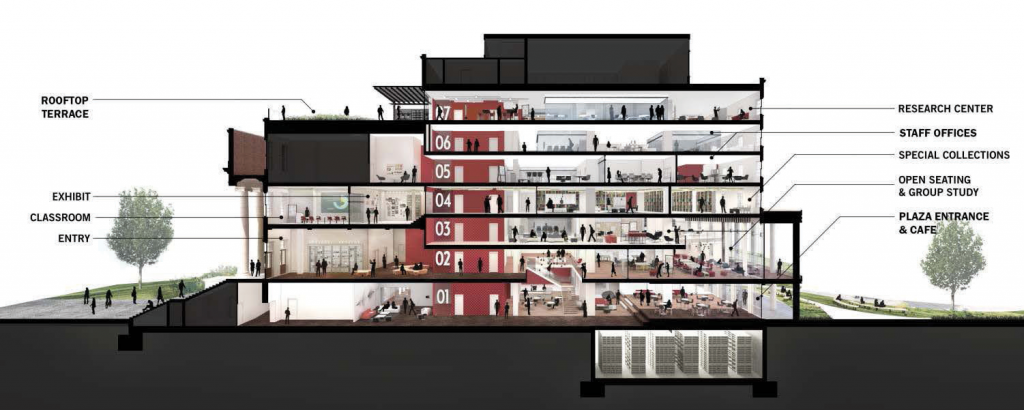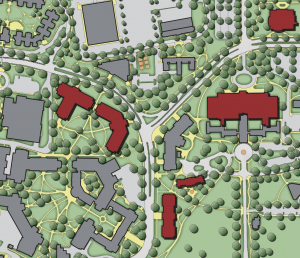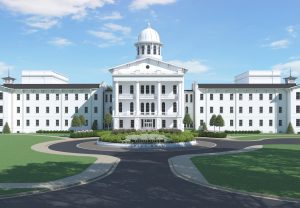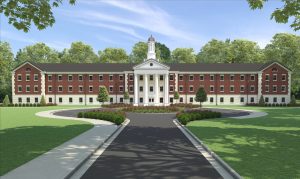[ua_row class=”row”]
[ua_col class=”col-md-4″]
[ua_buttons style=”” color=”crimson” size=”lg” icon=”fa-info” label=”Introduction” url=”https://campusplanning.ua.edu/ua-master-plan/introduction/” block=”true”]
[/ua_col]
[ua_col class=”col-md-4″]
[ua_buttons style=”” color=”crimson” size=”lg” icon=”fa-plus” label=”Amendments” url=”https://campusplanning.ua.edu/ua-master-plan/amendments/” block=”true”]
[/ua_col]
[ua_col class=”col-md-4″]
[ua_buttons style=”” color=”crimson” size=”lg” icon=”fa-eye” label=”Campus Vision” url=”https://campusplanning.ua.edu/ua-master-plan/campus-vision/” block=”true”]
[/ua_col]
[/ua_row]
[ua_row class=”row”]
[ua_col class=”col-md-4″]
[ua_buttons style=”” color=”crimson” size=”lg” icon=”fa-map” label=”Plan Elements” url=”https://campusplanning.ua.edu/ua-master-plan/plan-elements/” block=”true”]
[/ua_col]
[ua_col class=”col-md-4″]
[ua_buttons style=”” color=”dark” size=”lg” icon=”fa-university” label=”University Initiatives ” url=”https://campusplanning.ua.edu/ua-master-plan/university-initiatives/” block=”true”]
[/ua_col]
[ua_col class=”col-md-4″]
[ua_buttons style=”” color=”crimson” size=”lg” icon=”fa-history” label=”Previous Master Plans” url=”https://campusplanning.ua.edu/ua-master-plan/previous-master-plans/” block=”true”]
[/ua_col]
[/ua_row]
UNIVERSITY INITIATIVES
The following initiatives highlight the ways in which the University will invest in its physical facilities to achieve growth targets set out in the University Strategic Plan while improving the safety and quality of life of students, faculty and staff and the overall safety of the campus community.
Academic Space
To provide more space for teaching and research, the University will reinvest in its historic core while also extending academic activity northeastward. University libraries have long been a hub for learning and, yet, technology has greatly changed the way they function and how students use them for research, study and group work activity. In 2016-17 the University prepared a plan to guide the evolution of the Gorgas Library and lead the transformation of campus spaces used for similar purposes.
Libraries

Proposed Gorgas Library Master Plan. Renderings are conceptual in nature and are subject to change. All projects are subject to approval by the UA Board of Trustees, presidential approval and fundraising success.
Much of the general collection at Gorgas will be relocated to the University Archival Facility allowing more space for patron use and for consolidating Special Collections (including the Hoole Collection at Mary Harmon Bryant) in the third level. Teaching and research spaces will be reconfigured so they can double as study spaces when classes are not in session. Patron space will be expanded and reconfigured to provide space types and sizes to enable uses ranging from quiet, individual study to lively group collaboration. An interdisciplinary research hub “with space for data visualization and creation, collaboration nodes flanked by project rooms, and informal spaces for collegiate exchange” is envisioned on the top level. A rooftop terrace, with an unparalleled view of the Quad, will meet growing interest for outdoor study space.
Infill, Redevelopment and Repurposing
While the campus’s academic core is largely built out, there are strategic opportunities to create more space for teaching, learning and research in the heart of the campus.
Presidential Circle. A new classroom building is proposed on Presidential Circle between the Stadium Drive Parking Deck and Friedman Hall.
Biology Building. Redevelopment will allow the construction of a new academic building with a more efficient and adaptable floor plan than the existing Biology Building it would replace.
Hackberry Lane. Of available sites in the northeast of campus, this location, across Hackberry from the Shelby Engineering Complex, is closest to the heart of the campus. Construction of an academic building here would reinforce the University’s investment in this area, North Lawn Hall. Hackberry will become a seam between the existing academic core and the former Bryce campus rather than a dividing line.

As enrollment grows and as the University pursues a deeper focus in graduate research, new teaching and research space will be needed. Just as the academic core grew previously to incorporate the Shelby Engineering Complex, academic functions will extend northeastward and strengthen the relationship between both sides of Hackberry Lane.
McMillan Building. Redevelopment of the McMillan Building site will also enable a higher concentration of academic space in the academic core. The large site, adjacent to the Shelby Engineering Complex, is occupied by a comparatively small building and has the potential to house two future academic buildings similar in size to the recently built North Lawn Hall, which faces the site across Hackberry Lane.
Repurposing. Many buildings from the former Bryce campus have been retained for repurposing. The original Bryce Hospital main building is the most notable of these. In addition to locating the welcome center, museum and other functions in the historic building, a northerly extension will create a new Performing Arts Activity Center. The center will include faculty offices, rehearsal spaces and three performing arts theaters.
University Hall is another strategic opportunity for adaptive re-use of historic buildings for academic purposes. University Hall and other unoccupied buildings are valuable not only as future homes for classrooms, labs and offices, but also as temporary flex space as other buildings on campus are renovated.
The Searcy Building, near the intersection of Peter Bryce Blvd. and Hackberry Lane is another close-in opportunity for occupying and re-purposing available space. Renovated in 2014 the building is being evaluated for research use.
In the heart of the campus, the relocation of the Hoole Special Collections Library from Mary Harmon Bryant Hall to Gorgas Library, will free
up space within this centrally-located building to better serve growing academic needs.
HM Comer Hall has been renovated to house the College of Engineering’s administration, the Capstone Engineering Society, Information Technology and Engineering Services and offices for seven academic departments.
Open Space
The Quad
Crimson Promenade
Capstone Promenade and Honors Plaza
Lakeside Amphitheater
Capstone Preserve
Recreational Softball Complex
Trails
Accessibility
2nd Avenue and Bryce Lawn Drive
Easy Streets
McCorvey Drive and The Crimson Promenade
Bryant Drive
Intersection Improvements
Parking
Safety
Pedestrian and Bicycle Safety
Security Barriers
Storm Safety
Interactive Space
Gorgas Library
Dining, Retail and Entertainment
Outdoor Amenities
Other Initiatives
Housing
Athletics and Recreation
[ua_row class=”row”]
[ua_col class=”col-md-4″][ua_buttons style=”” color=”dark” size=”lg” icon=”fa-backward” label=”Back to Main Master Plan Page” url=”https://campusplanning.ua.edu/ua-master-plan/” block=”true”][/ua_col][/ua_row]

